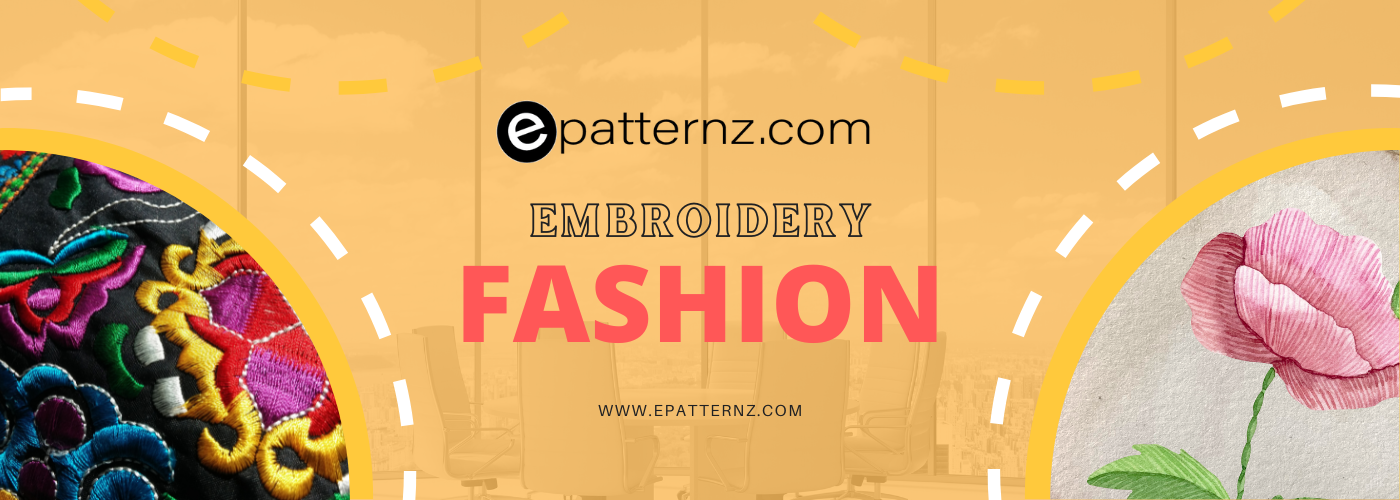
Embroidery
Exploring Global Needlework Traditions: A Rich Tapestry of Cultural Heritage
Needlework, an art form with deep roots in every culture, reflects the rich tapestry of human history and creativity. Influenced by trade routes, migratory patterns, and regional traditions, embroidery and other forms of needlework have evolved uniquely across the world, with each culture contributing distinct techniques, stitches, and designs. Some of these methods remain exclusive to particular regions, while others have cross-fertilized and spread across borders.
China: The Imperial Legacy of Embroidery
China's extensive and intricate embroidery tradition is most famously associated with the ceremonial clothing of the Imperial court. These silk garments were adorned with complex embroideries that symbolized the wearer's status within the rigid social hierarchy. Mythological creatures, birds, flowers, waves, and clouds were commonly used in these designs, each with its own metaphorical significance, such as longevity, good fortune, and personal attributes.
Imperial sponsorship played a significant role in the development and preservation of these needlework traditions. However, embroidery was not limited to the elite. It was also a vital part of daily life for many women, who crafted embroidered garments and household items. This tradition extended beyond the home, becoming a significant commercial industry. For instance, in the Ottoman Empire, the most popular form of embroidery was "dival," where couching threads were used to anchor metal strands to the fabric, creating luxurious, glittering designs.
Native American Embroidery: A Reflection of Spiritual and Cultural Identity
Native American embroidery represents a unique cultural expression that predates European contact. Techniques like porcupine quillwork and beading were initially practiced on animal skins and later adapted to fabric as new materials became available. Embroidery was not merely decorative; it held deep spiritual and cultural significance, with patterns often representing belief systems and tribal stories.
Before the introduction of European needles, Native Americans used bone bodkins to execute stitches that are similar to today’s backstitch, couching stitch, and chain stitch. Beading, a long-standing tradition among Native American tribes, involved creating intricate designs with beads made from natural materials. With the arrival of European settlers, trade beads became popular, allowing for even more elaborate embroidery on garments like coats, moccasins, and accessories.
Baluchi Embroidery: The Art of Shishadur
In the regions of western Pakistan, southern Afghanistan, and eastern Iran, the Baluchi art of shishadur, or mirror work, showcases another fascinating embroidery tradition. This technique involves attaching silvered glass fragments to a cotton base, creating a dazzling effect that is both decorative and meaningful. The use of specific materials, patterns, and colors in this craft often points to a particular region or community, making each piece a unique cultural artifact.
Eastern European Embroidery: A Testament to Regional Identity
Eastern Europe is known for its distinctive needlework, characterized by careful use of materials, patterns, and colors that often reveal the specific region of origin. Ukrainian embroidery, for instance, features specialized stitches such as the Yavoriv stitch, a diagonal satin stitch, and the Yavoriv plait stitch, a variation of the cross-stitch. These techniques, along with others from the straight, satin, and cross-stitch families, create intricate designs that are both beautiful and symbolic.
Embroidery in the Modern World: A Continuing Tradition
As we entered the new millennium, embroidery remained a prominent feature in fashion. The global marketplace allows designers and customers to draw inspiration from a vast array of international traditions, incorporating these rich histories into contemporary designs. For example, mirror work, popularized in the 1970s, has periodically resurfaced in modern fashion and home décor.
Embroidery continues to play a significant role in couture and has greatly influenced ready-to-wear fashion. The rise of machine embroidery has made it easier for home sewers to create personalized garments, and a thriving industry has emerged around bespoke embroidery, allowing individuals to express their style in an age of mass production.
In conclusion, needlework is not just a craft; it's a cultural narrative that spans continents and centuries. Each stitch tells a story, reflecting the traditions, beliefs, and artistry of the people who create them. As these techniques continue to evolve and inspire new generations of designers, the global legacy of embroidery remains as vibrant and relevant as ever.



.jpg)
.jpg)







